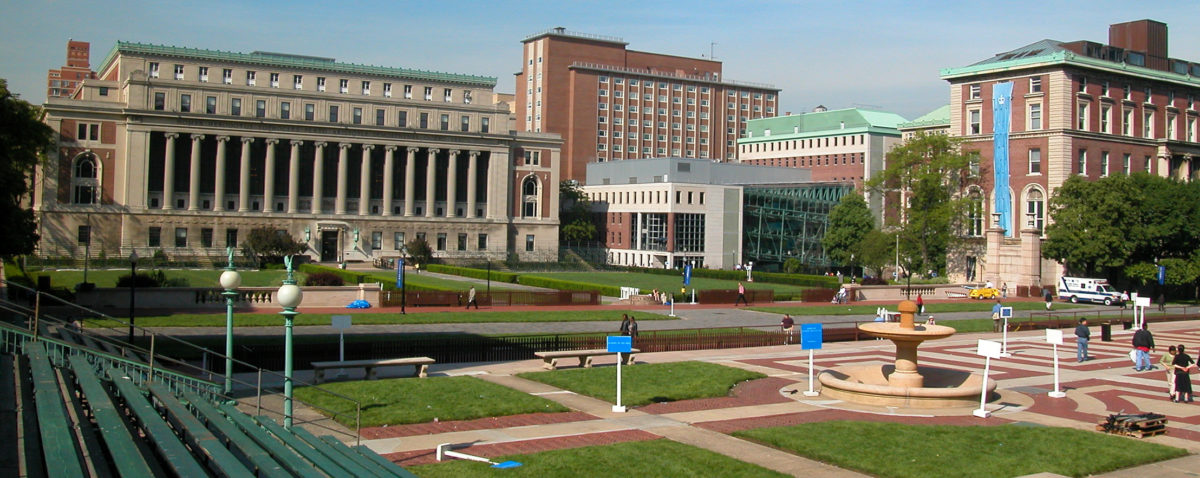As the world learned to adapt and change to having the coronavirus a part of daily life, universities and colleges have been working overtime to do the same. Tuition rates and the number of students staying on campus initially dropped substantially. However, now that the vaccine has allowed students to live on campus once more, it has become evident that certain attitudes towards higher education are here to stay.
Creating Flexibility in Classroom and Campus Design
Creating hybrid meeting rooms effectively has been a challenging hurdle for universities to overcome, but it seems the framework for making this happen has begun to take hold. The utilization of collapsible panels for classrooms, for example, creates an entirely new level of flexibility for learning.
Other success stories include the implementation of study alcoves, research pods, study spaces, and classrooms with collapsible panel walls. These are all new adaptations that higher education institutions have implemented to keep up with the ever-changing hybrid learning environment that has become most popular among students.
Implementing a New Hybrid Learning Model on Campus
The most noticeable way higher education construction has evolved is in ways to accommodate the fastest growing trend: the shift to hybrid learning models. Once given a taste of what learning from home is like, some are hesitant to go back to in-person learning. Though it can be more difficult to create the ‘classroom feel’ at home, many students have found that the time and money saved by a remote approach to college level learning can really add up.
Due to this trend that has only continued to grow in popularity, higher education facility planners have been forced to accommodate these new needs for the future of their schools. Staying current and competitive against other universities and colleges is always a main focus, and adapting campuses for hybrid learning is no different.
Prioritizing Research Facilities and Laboratories
One area that continues to grow despite the pandemic has been the focus on research facilities and labs on campus. Though virtual learning is clearly here to stay, not all topics and classes can be taught as effectively online. One major example of this is in labs for students in the various fields of science. One thing that is impossible to replace is the experience and the knowledge a student gains from hands-on learning. The difference between theory and real-life application is a gap that no university can overlook.
The combination of residence and lecture halls seeing a downturn in growth due to remote learning and the perpetual need for higher education administrations to save money by, in part, reducing wasted space, has led to a trend of funding newer, updated, and more technologically-equipped research facilities and laboratories.
Contact Talisen Today
When speaking to one of our project managers about your office renovation or commercial construction project, be sure to ask how we can help institute an air filtration system into your building plans.
